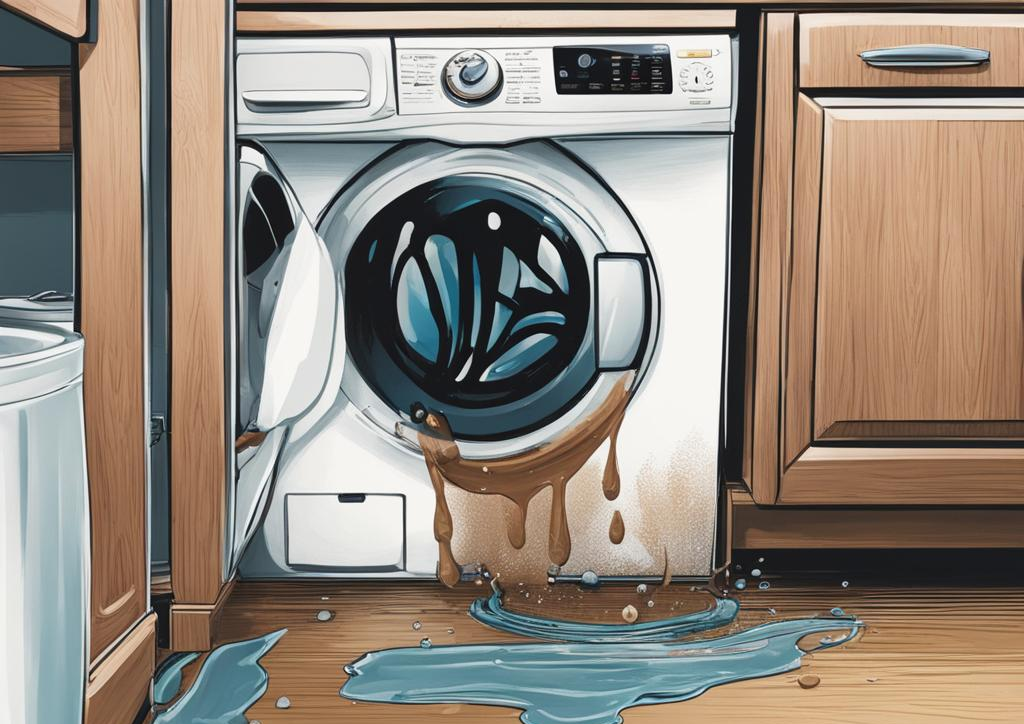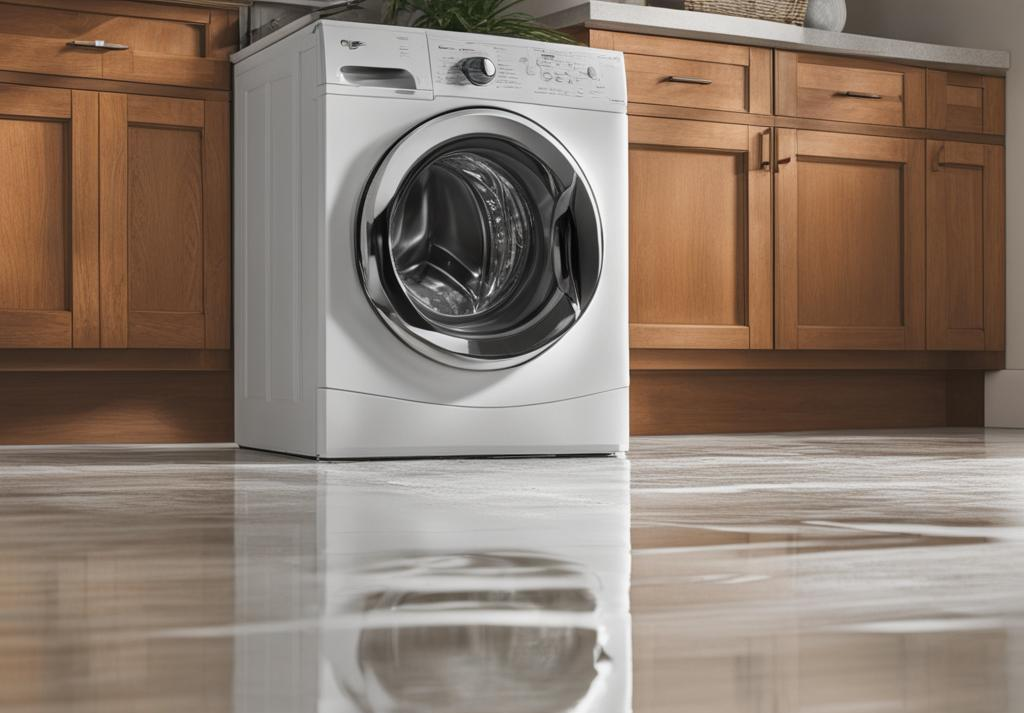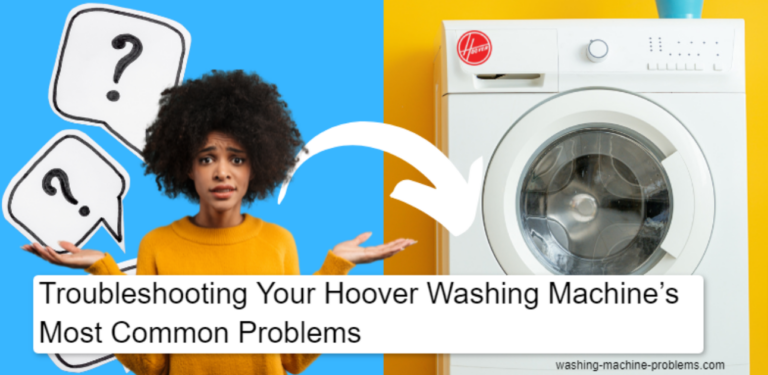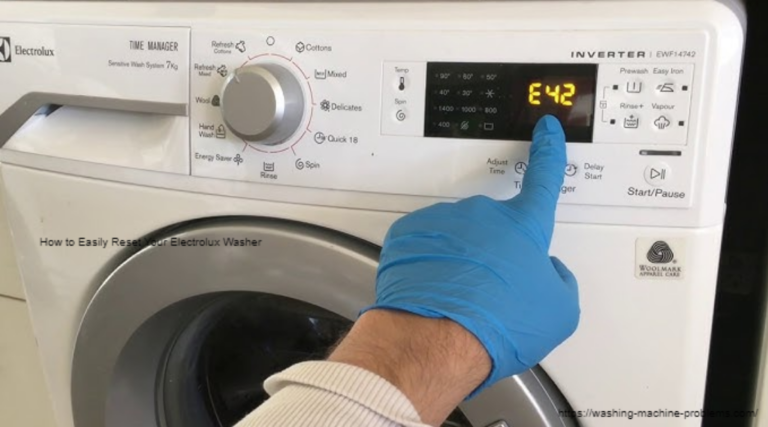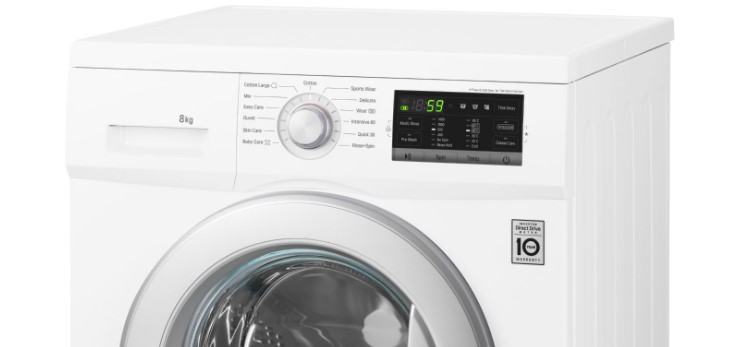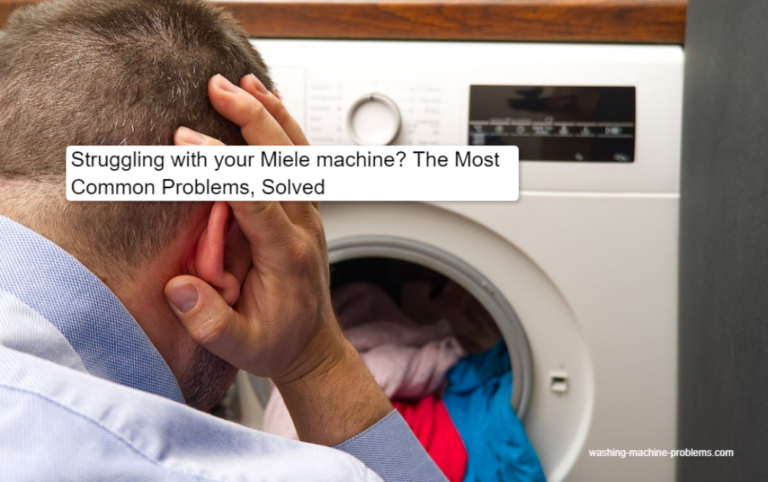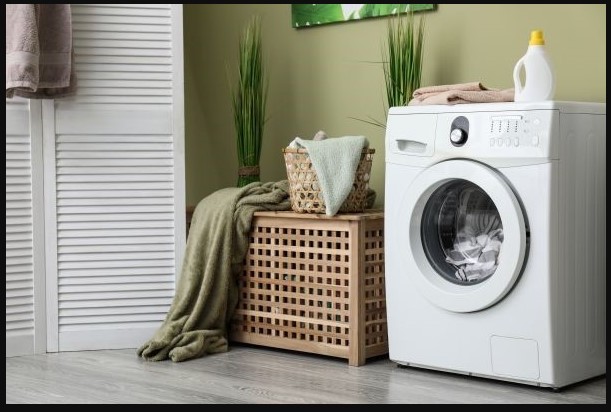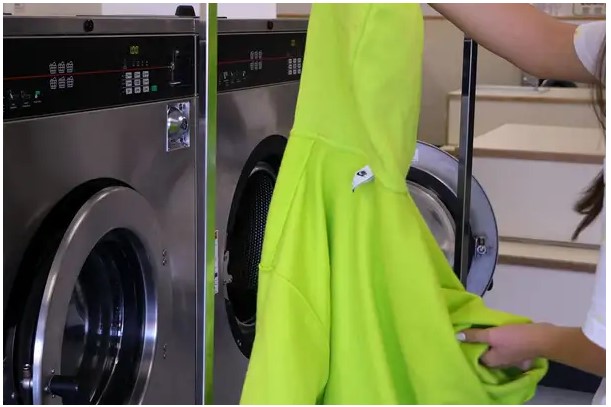The Top 10 Common Whirlpool Washing Machine Problems and Solutions
Table of Contents
Have you noticed your trusty Whirlpool washer acting up recently? As a long-time Whirlpool washing machine owner, I’ve dealt with my fair share of issues over the years. But never fear—most common Whirlpool washer problems are easily fixable with some basic troubleshooting and DIY repairs. In this article, I’ll walk you through the top 10 issues I’ve faced, from annoying leaks and drain clogs to strange noises and error codes. I’ll give you the quick fixes I’ve learned through experience and point you to the user manual for more complex problems. By the end, you’ll be back to sparkling, clean clothes in no time. So grab your tools and let’s dive in!
How to Fix Leaking from the Door or Bottom of the Washer
If your Whirlpool washer is leaking from the door or bottom, don’t panic—I’ve got you covered! As an avid DIYer, I’ve tackled all of these issues at some point.
The most common culprit is a damaged door seal or boot. This rubber seal creates an airtight seal between the door and washer tub, so if it’s torn or cracked, water will leak out. An easy fix is replacing the seal, which you can find at most appliance parts stores.
Another possibility is a clogged or faulty drain pump. The drain pump removes water from the washer tub, so if it’s clogged or damaged, water can’t drain properly and leaks out. Try unclogging the pump first, but a replacement may be needed if that doesn’t work.
A leaking water inlet valve can also lead to puddles under your washer. The inlet valve controls the flow of water into the tub, and if it sticks open or leaks, water will continue flowing in and spilling out. Replacing the inlet valve should solve the problem.
For leaks around the tub itself, the tub seal may be damaged or worn out, allowing water to seep between the seal and tub. Unfortunately, this requires replacing the tub seal, which can be difficult. You may want a pro for this repair.
Other issues, like a cracked washer tub or problems with the drain hose or pump hoses, can also lead to leaks. Be sure to check your washer’s hoses and seals regularly, clean the drain pump filter, and call for service if anything looks seriously damaged. With some TLC and DIY fixes, you’ll have your Whirlpool washer leak-free in no time!
Draining Issues Causing Wet Floors
Oh no, is your Whirlpool washer leaving puddles on the floor? Don’t worry, I’ve got you covered! As an avid do-it-yourselfer, I’ve encountered my fair share of drainage problems and solved them. Let me walk you through some of the common culprits and solutions so you can get back to clean clothes and dry floors.
First, check the drain hose for clogs or damage. This flexible hose carries water from the washer to your home’s plumbing, so if there’s a blockage, water can’t flow properly and may back up. Try snaking the hose to clear out lint and debris. If the hose is cracked or split, it’s best to replace it. An easy fix!
Next, ensure the drain pump filter is clear. This filter catches stray items like coins, socks, and other debris that can clog the pump. Over time, it gets full and prevents water from draining. Locate the access panel, typically in the front of the washer, unscrew it, and clean out the filter. Voila, problem solved!
If the washer still isn’t draining, the drain pump itself could be malfunctioning. The pump uses impellers to actively push water out of the drum. When the pump goes bad, it can’t do its job, and water accumulates. Check your washer’s repair manual to test the pump and order a replacement if needed. I’ve found most pumps easy to swap out myself.
Finally, in rare cases, the electronic control board could be signaling the drain pump incorrectly. If all else checks out, it may be best to have a technician test the board. But try the easy fixes first before calling for professional help. With some troubleshooting, you’ll be back to fresh-smelling laundry in no time! Let me know if you have any other questions.
Excessive Noise During Wash Cycles
Oh boy, if your Whirlpool washer is making strange noises during the wash cycle, that’s no good! As a long-time Whirlpool owner myself, I’ve encountered some noisy issues in my day. The good news is that many common causes of washer noise are easy to fix yourself. Let me walk you through some of the possibilities.
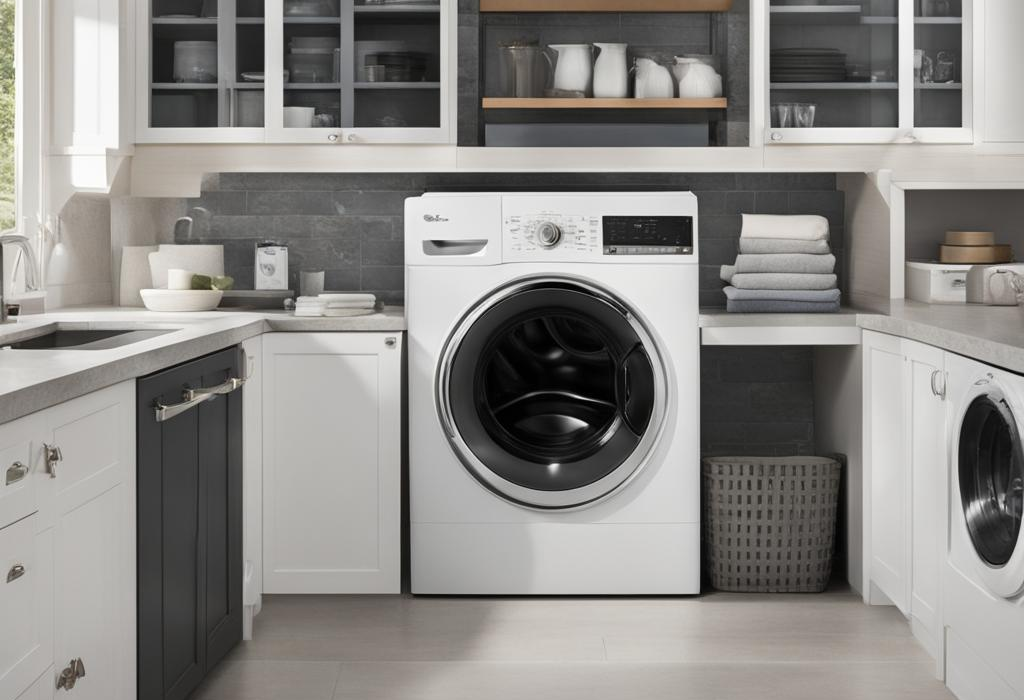
Agitator or belt
The agitator or drive belt are two typical culprits. The agitator rapidly moves back and forth during washing to clean your clothes. If it’s damaged or loose, it can clank and clatter. Remove the agitator cap in the center of the washer and inspect the agitator. You may need a new one. The drive belt powers the agitator—if it’s worn or loose, it can squeal during operation. Locate the belt under the washer, remove it, and replace it if needed.
Pumps or hoses
Drain pumps, inlet hoses, or outlet hoses that are loose, damaged, or clogged can also lead to bothersome noises. Check that all hoses are securely fastened and clear of kinks. Remove the access panel to check the drain pump for debris. If the pump sounds noisy, a replacement may be required.
Imbalanced load
An unbalanced load in the washer can cause it to rock and shake, making loud banging sounds. Avoid overloading the washer, and make sure heavy items are distributed evenly in the drum before starting a cycle. You may need to rewash the load to rebalance.
Error codes
If your washer is displaying an error code, the code may relate to the source of the noise. Consult your owner’s manual to determine the meaning of the code and the appropriate resolution. You may need a service call for certain error codes.
With regular maintenance like wiping down the door seal and lock, clearing the drain pump filter, and checking or replacing fill hoses every few years, you can help prevent many washer noises before they start. However, if the problem continues after troubleshooting, it’s best to call for professional service to avoid damage to your washer. The repair cost will likely be less than the cost of a new machine!
Door Failing to Latch or Lock Properly
Oh no, is your Whirlpool washer door not latching or locking properly? As an avid do-it-yourselfer, I’ve run into this pesky problem a time or two with my own Whirlpool washer. The good news is that there are a few easy things you can try yourself to get your washer door to close securely again.
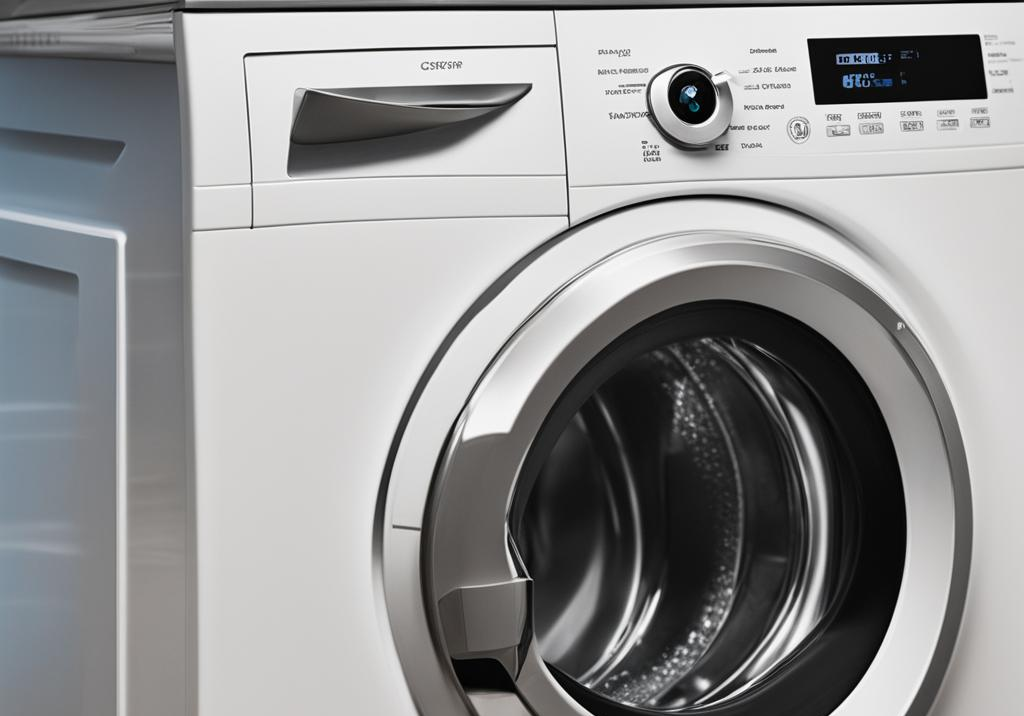
First, check for any debris stuck in the door latch. Open the door and thoroughly inspect the door latch assembly for any coins, buttons, or other small items jamming the latch mechanism. Remove anything stuck in there with a pair of tweezers or needle-nose pliers. Next, examine the door strike to make sure it’s also clear of any debris and that the door is lining up properly with the strike when you try to close the door. If either of these are the issue, your door should now be closing and locking as expected.
If there’s still a problem, it’s possible the door latch assembly itself needs to be adjusted or replaced. Locate the door latch assembly inside the washer door—it will have a rotary knob or switch on it to lock and unlock the door. Loosen the mounting screws for this assembly slightly and try adjusting them up, down, left, or right. Retighten the screws and test if the door is now latching correctly. If not, the assembly may need replacement. This is an easy repair you can do yourself by ordering a replacement part from Whirlpool or a third-party parts supplier.
As a last resort, there could be an issue with the electronic control board or wiring that operates the door latch. I would try all other troubleshooting steps first before assuming it’s an electronic problem. However, if you’ve tried everything else and the door still won’t latch, it’s best to contact Whirlpool customer service for further diagnosis and potential servicing by a professional technician.
With some patience and troubleshooting, you’ll get your Whirlpool washer door closing securely once again. Let me know if you have any other questions!
Problems with the Spin Cycle
The spin cycle is essential for wringing out excess water from your clothes, but when it’s not working properly, it can be a real headache. As an avid do-it-yourselfer, I’ve troubleshot my fair share of spin cycle issues and want to share some of the common problems I’ve encountered over the years with my trusty Whirlpool washer.
The drum isn’t spinning.
If the drum isn’t spinning at all during the spin cycle, first check that the door is securely closed. The washer won’t spin if the door isn’t properly latched. Next, ensure the washer is balanced—an off-balance load can prevent the spin cycle from starting. Redistribute the clothes evenly around the drum and try again.
The spin cycle isn’t draining water.
If your washer fills with water but won’t drain during the spin cycle, the drain pump could be clogged or damaged. Clean out the drain pump filter and hoses to remove any debris. You may need to bail out excess water from the drum to access the drain pump. If cleaning the drain pump doesn’t do the trick, the pump may need replacement.
Excessive vibration and noise
If your washer is shaking, rattling, and making loud noises during the spin cycle, several issues could be to blame. An unbalanced load, worn-out shock absorbers, or a broken drive belt are common culprits. Redistribute the load to balance it out, inspect and replace shock absorbers if damaged, and check the drive belt for signs of wear or breakage. Tightening the washer’s feet can also help reduce vibration in some cases.
Error codes appear.
If your washer shows error codes like UL, LF, or OE on the display during the spin cycle, this typically indicates a communication issue between components or a problem with the motor control unit. Consult your washer’s manual to diagnose the specific error code. You may need a technician to test components and perform necessary repairs or replacements to your washer control board or motor.
With some troubleshooting and TLC, most common spin cycle problems can be remedied to get your Whirlpool washer spinning happily again. But for complex issues, don’t hesitate to call in the professionals—they have the proper tools, training, and experience to get your washer back on track.
Issues with the Agitator or Tub
As an avid DIYer, I’ve had my fair share of run-ins with my trusty Whirlpool washer over the years. One of the most common issues I’ve encountered has been with the agitator or tub mechanism. These hardworking parts are responsible for properly cleaning and spinning your clothes, so when something goes awry, it’s important to troubleshoot and resolve the problem promptly.
The agitator is the spindle in the center of the washer tub that spins and churns the water to clean clothes. If the agitator seems stuck, loose, or isn’t spinning at all during the wash cycle, the coupler connecting it to the drive motor may have worn out or broken. This is an easy DIY fix for many models; just make sure to unplug the washer before attempting any repairs! The tub itself can also cause problems, like leaks from cracks or seals or issues draining water properly.
One time, my washer started making a horrible grinding noise during the spin cycle. Upon inspection, I found the tub was off-balance and wobbly, indicating the suspension rods that keep it level had failed. These rods can weaken or break over time and with frequent use. Replacing them restored my washer to perfect working order and silenced the frightening sounds!
Other common problems with the agitator or tub you may encounter are:
- The wash plate (agitator cap) becomes loose or falls off, reducing cleaning effectiveness. Reseat or replace the wash plate.
- The agitator splines that connect the upper and lower halves become worn or stripped, causing the agitator to not spin properly. Replace the agitator or splines.
- The tub seal or bearing wears out, causing leaks from underneath the washer. This will require the replacement of the damaged parts.
- The suspension pads that reduce vibration wear out, causing the washer to wobble and make noise during the spin cycle. Replace the suspension pads.
Regularly cleaning your washer’s filters and hoses and following the recommended maintenance in the user manual can help extend the life of these components. But when problems do arise, don’t hesitate to dig into some DIY troubleshooting or call in a professional for a repair—keeping your washer spinning happily along is well worth the effort!
Electronic Control Panel Malfunctions
Oh no, is your Whirlpool washer acting up? As an avid do-it-yourselfer, I’ve run into my fair share of issues with my Whirlpool washer over the years. One of the most common problems I’ve encountered is with the electronic control panel. Sometimes the controls just seem to have a mind of their own!
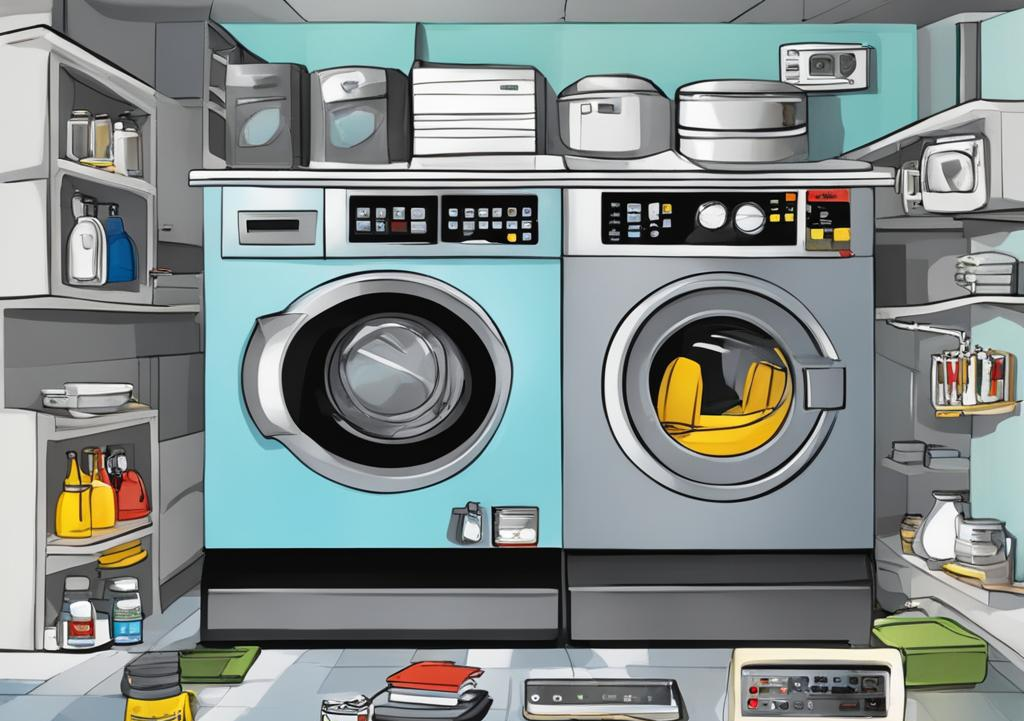
The good news is that most electronic control panel malfunctions are easy to fix yourself. The first thing I always try is unplugging the washer for at least 5 minutes. This resets the washer’s computer system and often resolves minor software glitches. Once I plug it back in, the controls are usually working as good as new!
If unplugging doesn’t do the trick, it could indicate an issue with the control board or touch pad. The control board is the “brain” of the washer that powers the controls and touch pad. If it’s malfunctioning, buttons may not light up, respond, or work at all. In this case, it’s best to contact Whirlpool support. They can walk you through troubleshooting or may need to send a technician to replace the control board.
The touch pad is the panel on the washer with all the buttons and controls. If the touch pad is damaged or worn out, the controls won’t work properly either. Whirlpool may be able to ship you a replacement touch pad that you can install yourself to get your washer controls working again.
Other things to check:
- Make sure all wire harnesses and connections to the control board and touch pad are secure. Loose connections can disrupt communication.
- Inspect the touch pad for any visible damage or spills on the buttons. Clean or replace as needed.
- Consult your Whirlpool washer’s manual for any error codes appearing on the display. Error codes can often point you to the source of the problem.
- Ask an adult, technician, or Whirlpool support for help with any repairs you don’t feel comfortable doing yourself. Safety first!
With some patience and troubleshooting, you’ll be well on your way to getting your Whirlpool washer’s electronic control panel back in working order. If all else fails, don’t hesitate to call in the pros. Happy washing!
Error Codes and What They Mean
As a Whirlpool washer owner, you may encounter some error codes now and then. Don’t panic—many are easy fixes, and I’m here to walk you through what they mean and possible solutions.
F5 E2 error
If you see an F5 E2 on your front loader’s display, the door is having trouble locking properly. This could be caused by a stuck locking mechanism or a door switch issue. Try running a clean cycle with 2 cups of white vinegar to loosen any built-up detergent residue. You should also inspect the door seal and lock for any obstructions. If the code persists, it’s best to call for service.
OL error
An ‘OL’ indicates your HE top loader has detected an overload. This means there are too many clothes in the drum for optimal cleaning and rinsing. Remove a few items and re-start the cycle. In the future, avoid overloading by following the owner’s manual recommendations for load sizes.
F03 or F3 E1 error
These codes signify that your washer can’t properly detect the water level. It could be a faulty water level sensor or pressure switch hose. Try running a diagnostic test cycle, checking all hoses for kinks or leaks, and cleaning the drain filter. If issues continue, a repair technician should test components to determine the cause.
There are a few other common error codes, but don’t lose hope! Many washing machine errors are minor and easily remedied with some troubleshooting. Be sure to check that all hoses are securely connected, run regular maintenance cycles, reduce load sizes, and clean the drain filter and door seal. However, for persistent or complex issues, it’s best to call in the pros to diagnose and repair your washer so you can get back to fresh, clean clothes in no time!
You can learn more about Whirlpool Washing Machine Error Codes by watching this YouTube video.
FAQs: Answering Common Whirlpool Washing Machine Problems
As an avid Whirlpool washer owner, I’ve certainly run into my share of issues over the years. But through trial and error (and a few late-night Google searches!), I’ve figured out solutions to the most common problems. Here are some of the FAQs I get asked frequently about Whirlpool washers.
Why is my washer leaking?
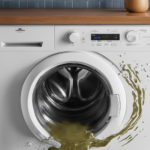
The most likely culprits are the water inlet hoses or the drain hose. The inlet hoses can crack or burst over time, allowing water to spill onto the floor. Check that the hoses are securely fastened and not kinked. The drain hose may have come loose or had a hole, causing water to drain out. Tighten or replace any worn-out hoses. You should also check the door seal and gasket for damage or debris stuck inside, which can lead to leaks.
Why won’t my washer spin or drain?
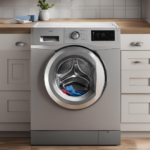
If the washer won’t spin, the problem is often with the drive belt or motor coupler. The belt may have broken or slipped off, preventing the tub from spinning. The coupler connects the motor to the transmission, and if it’s damaged, the washer won’t spin. You may need to access the washer’s control panel to check these parts. Clogged pumps or hoses are usually the reason why a washer won’t drain. Clean out any debris trapped in the hoses or pump filter.
Why is my washer making noises?
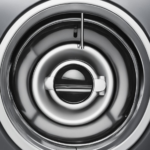
Loud noises during the spin cycle are usually caused by an unbalanced load. Try rearranging the clothes to balance the load. Buzzing or grinding noises could indicate a worn-out drive belt, bad bearings, or a failing motor or transmission. Squealing noises are often caused by rust or damage to the brake assembly or drive pulley. Excessive rattling or clanking sounds may be from loose hoses or other parts that need to be secured.
Why are there error codes showing?
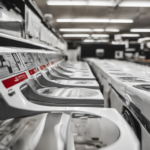
Whirlpool washers use error codes to indicate problems. Check your user manual for the meaning of specific codes and steps to take. Common codes include F01 (electronic control board issue), F11 (imbalance load error), and F40 (pump issue).
By following the troubleshooting tips in your washer’s manual and inspecting the most likely problematic parts, you should be able to resolve many common Whirlpool washer problems yourself. But for complex issues, especially those indicating electronic control board or motor problems, it’s best to call a technician to properly diagnose and repair your washer.
Conclusion
After reading through the top 10 common Whirlpool washing machine issues along with the recommended solutions, I feel fully equipped to tackle any problems that may arise with my own washer. While some repairs are best left to the professionals, many fixes are easy to do myself with a little patience and by following the user manual. By keeping on top of regular maintenance like cleaning the filters, checking and replacing hoses when needed, and wiping down the door seal and lock area, I can avoid many headaches down the road. Although washing machines seem simple on the surface, they are complex appliances with many moving parts. Being proactive and addressing small issues right away is key. I’m grateful for resources that provide practical advice and help homeowners save time, money, and stress. My Whirlpool washer and I are ready to keep spinning for many loads to come!

